The Jiri to Everest Base Camp Trek is a great option for those who are looking for a challenging but rewarding trek in the Everest region. The trek starts in Jiri, which is a small town in the Solu region of Nepal. From Jiri, the trek winds its way through the Khumbu Valley to Everest Base Camp.
The Jiri to Everest Base Camp Trek is a longer trek than some other trekking trails in Nepal, but it is also less crowded. This makes it a great option for those who are looking for a more challenging and authentic trekking experience.
The Jiri to Everest Base Camp Trek is also a great way to experience the culture of the Sherpa people. The Sherpas are the indigenous people of the Khumbu Valley, and they have a rich culture and history. You will have the opportunity to visit Sherpa villages and learn about their way of life.
Here are some of the pros and cons of the Jiri to Everest Base Camp Trek:
Pros:
Longer and less crowded than some other trekking trails in Nepal
Great way to experience the culture of the Sherpa people
Authentic trekking experience
Cons:
More challenging than some other trekking trails in Nepal
Longer duration
Not as many lodges and teahouses as some other trekking trails in Nepal
If you are looking for a challenging but rewarding trekking experience with stunning views of the Himalayas and the opportunity to experience the culture of the Sherpa people, the Jiri to Everest Base Camp Trek is a great option.
Here are some additional tips for planning your Jiri to Everest Base Camp Trek:
Be sure to book your trek in advance, especially if you are traveling during peak season (October-November and March-May).
Get in shape before you go. The trek is challenging, and you will need to be in good shape to avoid altitude sickness.
Bring the proper gear. You will need warm clothing, rain gear, sunscreen, and sunglasses. You may also want to bring a headlamp and trekking poles.
Be prepared for altitude sickness. Altitude sickness can be a serious problem on the Jiri to Everest Base Camp Trek. Be sure to ascend slowly and drink plenty of fluids.
Hire a guide. A guide can help you plan your trek and keep you safe.
Have fun! The Jiri to Everest Base Camp Trek is an amazing experience. Enjoy the scenery, the culture, and the challenge.
Here are some of the other popular trekking trails in the Everest region:
Everest View Trek: This trek offers stunning views of Mount Everest without having to go all the way to Base Camp.
3 High Passes Trek: This challenging trek passes through three high passes, including the Kongma La Pass, which is over 5,500 meters high.
Everest Base Camp and Gokyo Lake Trek: This trek combines the Everest Base Camp Trek with a visit to the beautiful Gokyo Lakes.
Tyangboche Trek: This trek takes you to the Tengboche Monastery, one of the most important monasteries in the Khumbu region.
Everest Base Camp Trek: This is the classic Everest Base Camp Trek, following the same route that has been used by trekkers for decades.
Namche Bazaar Trek: This trek takes you to the Sherpa town of Namche Bazaar, which is the gateway to the Everest region.
Phaplu to Everest Base Camp Trek: This trek is a longer and more challenging alternative to the standard Everest Base Camp Trek. It starts in the town of Phaplu and follows a less-traveled route to Base Camp.

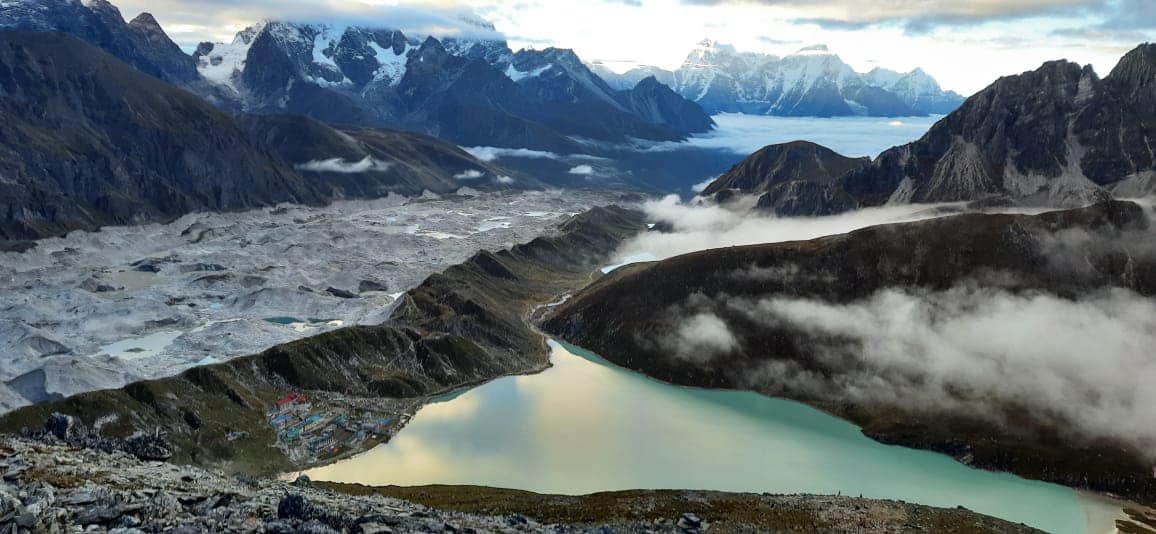 Gokyo Lake Trek 11 days
Gokyo Lake Trek 11 days
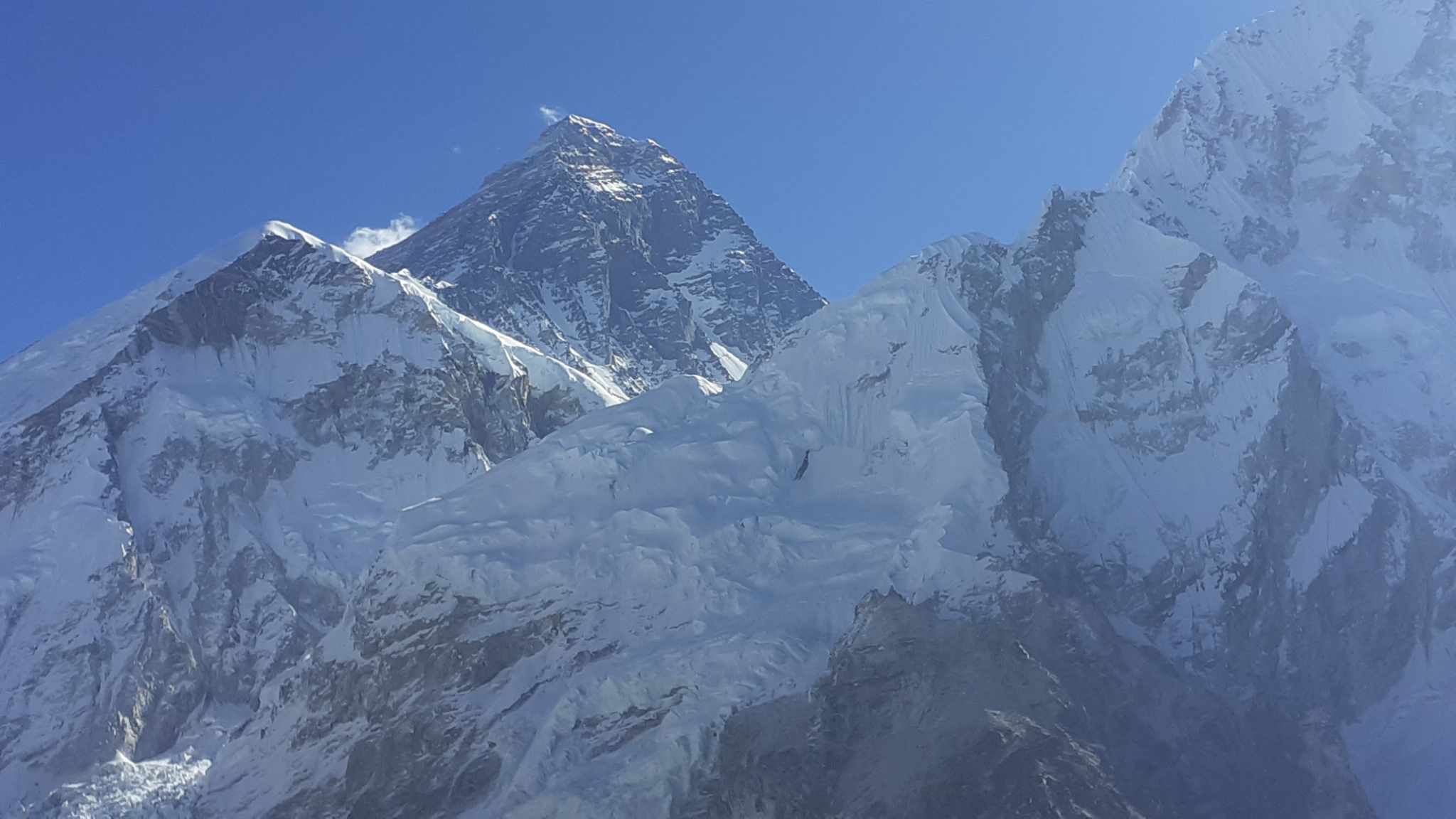 Everest View Trek Nepal 7 Days
Everest View Trek Nepal 7 Days
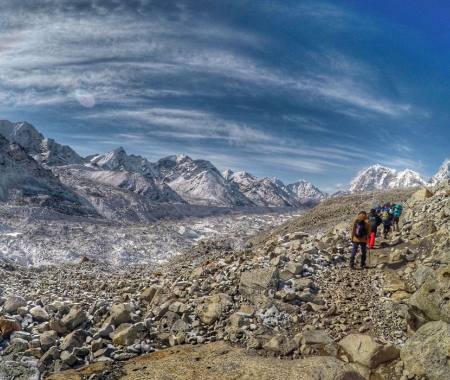 Luxury Trek to Everest Base Camp – 7 days
Luxury Trek to Everest Base Camp – 7 days
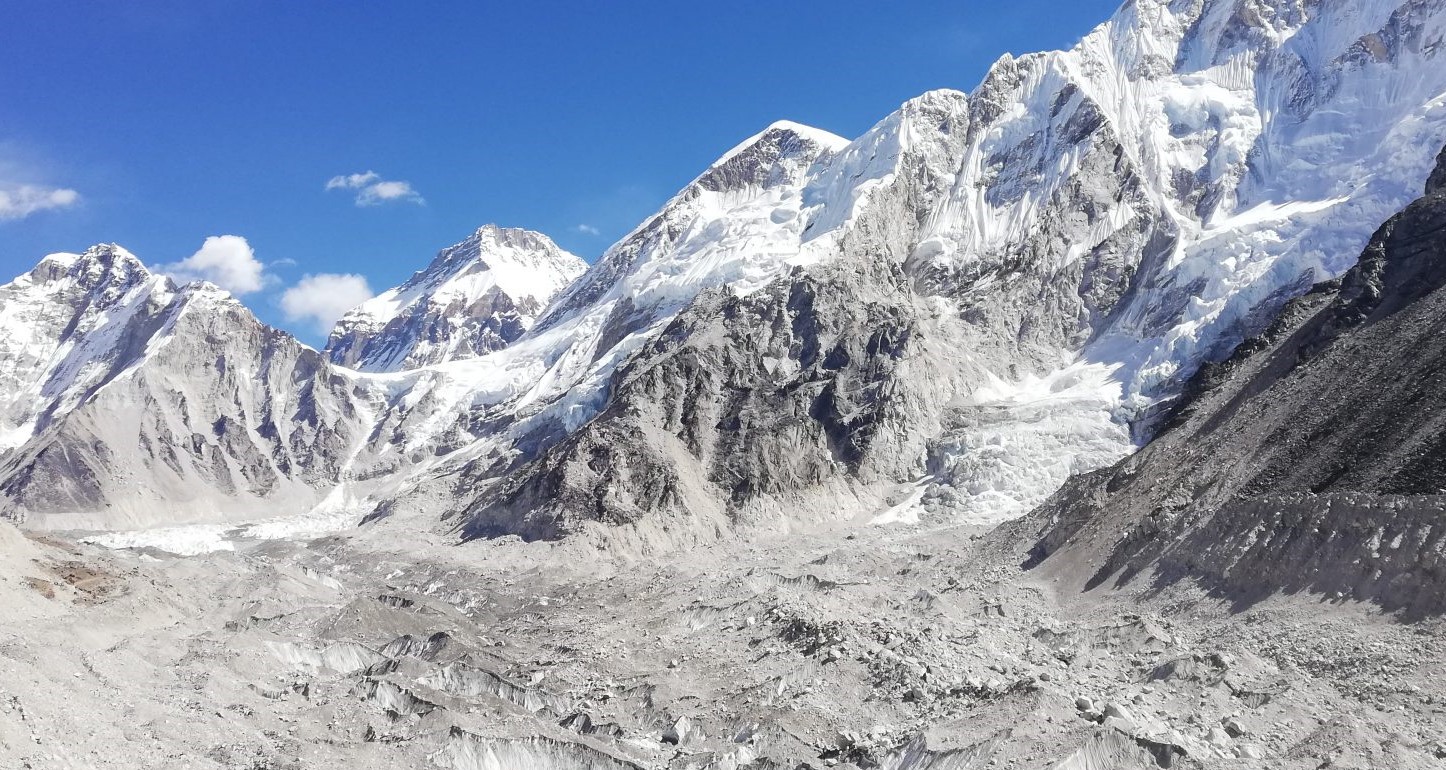 Luxurious EBC and Gokyo Lake Trek – 11 days
Luxurious EBC and Gokyo Lake Trek – 11 days
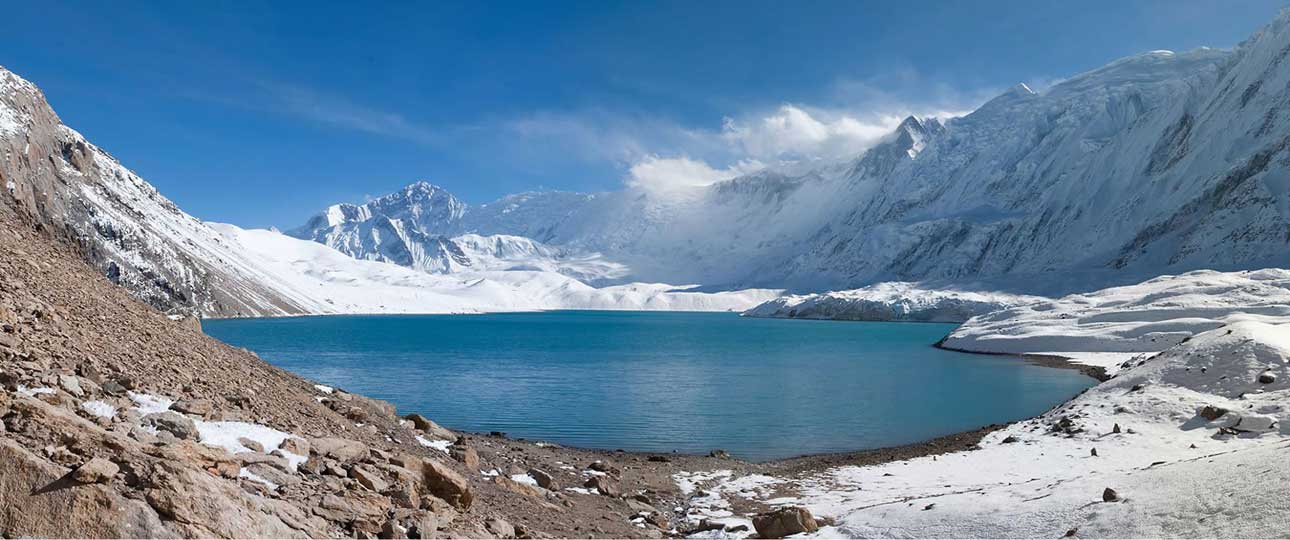 Dudh Kunda Trek – 15 days
Dudh Kunda Trek – 15 days
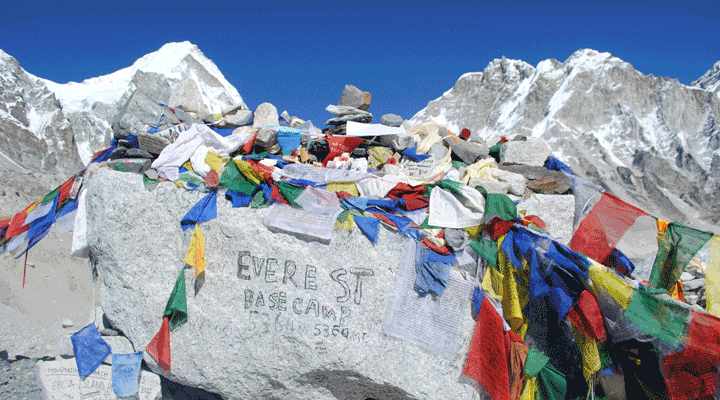 Everest View Trek – 13 days
Everest View Trek – 13 days
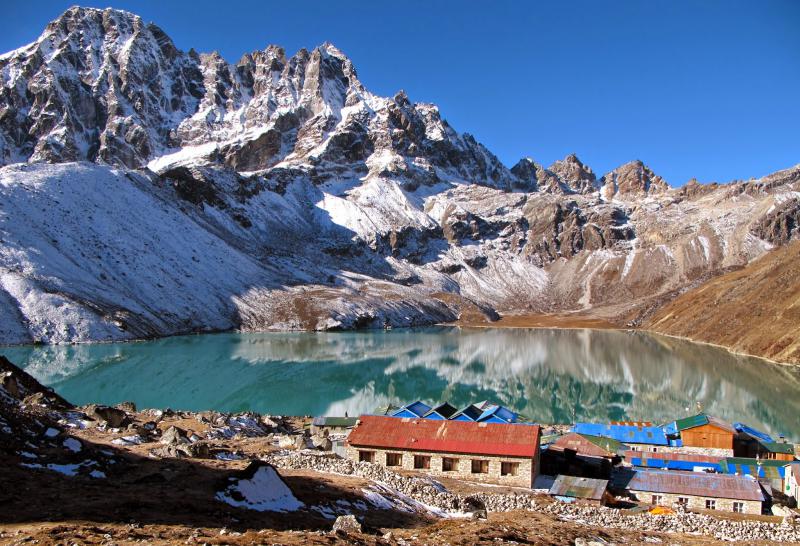 Gokyo Lake Trek – 16 days
Gokyo Lake Trek – 16 days
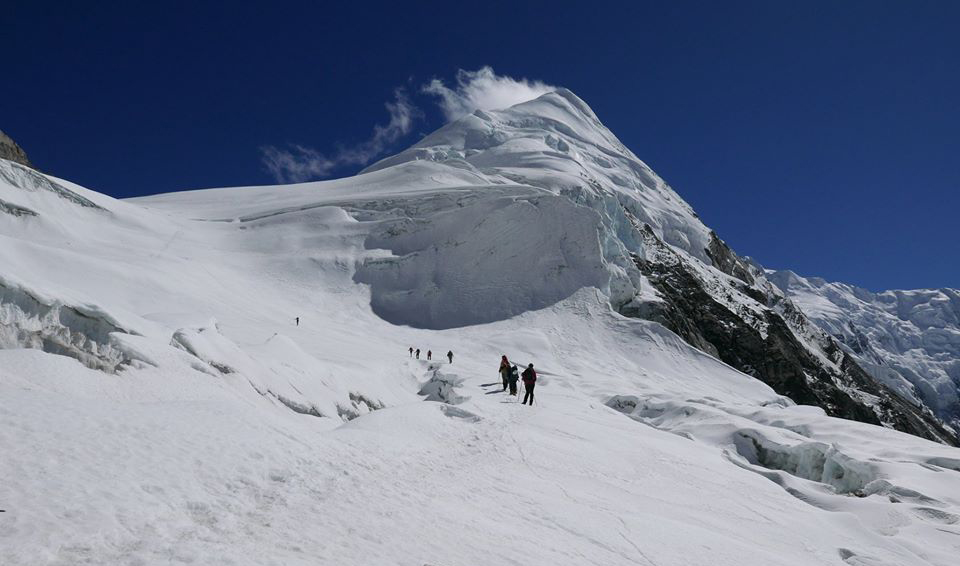 Gaurishankar Himal Trek – 18 days
Gaurishankar Himal Trek – 18 days
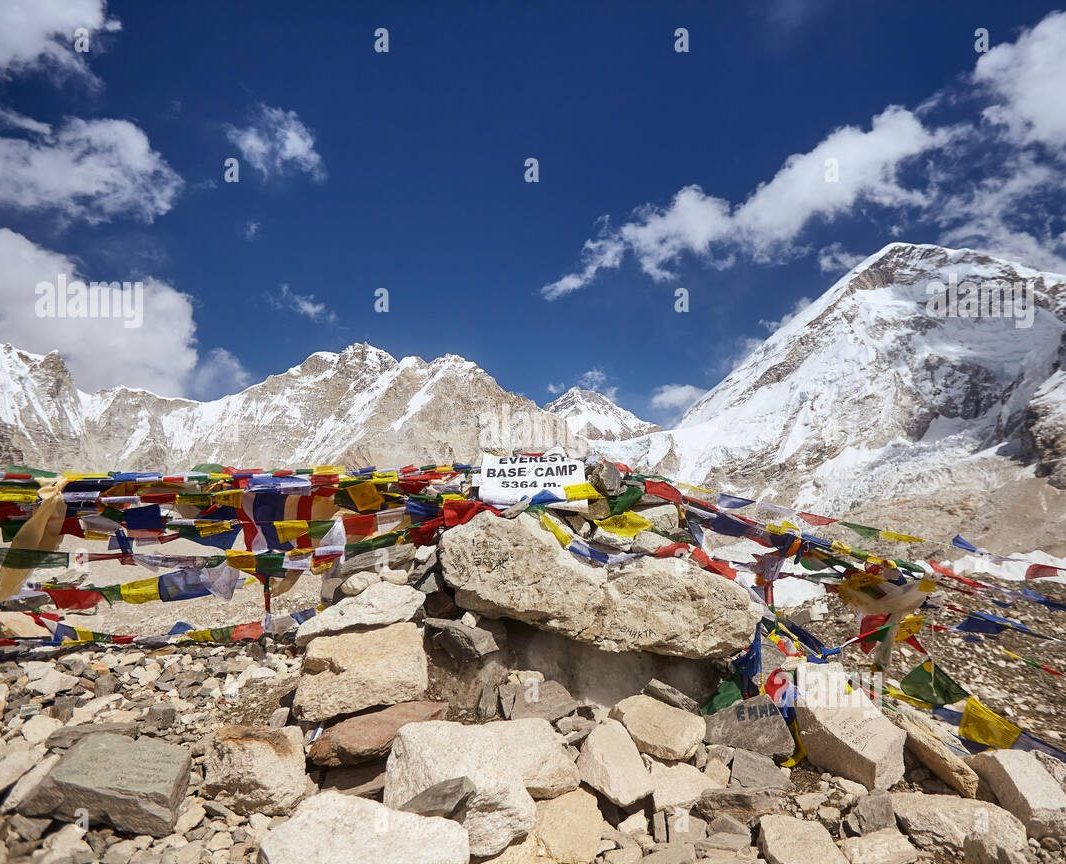 Phaplu to Everest Base Camp Trek – 19 days
Phaplu to Everest Base Camp Trek – 19 days
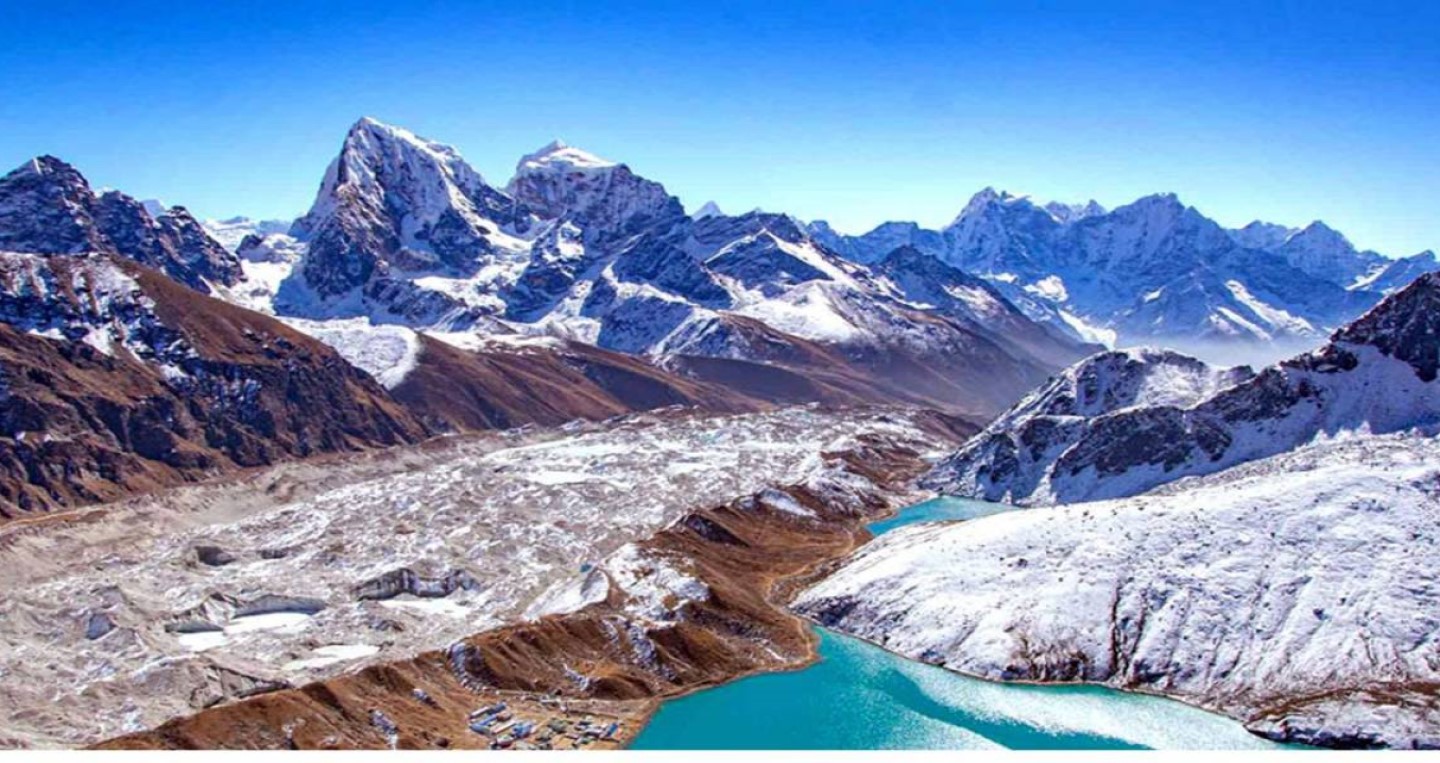 Everest Base Camp and Gokyo Lake Trek – 15 days
Everest Base Camp and Gokyo Lake Trek – 15 days
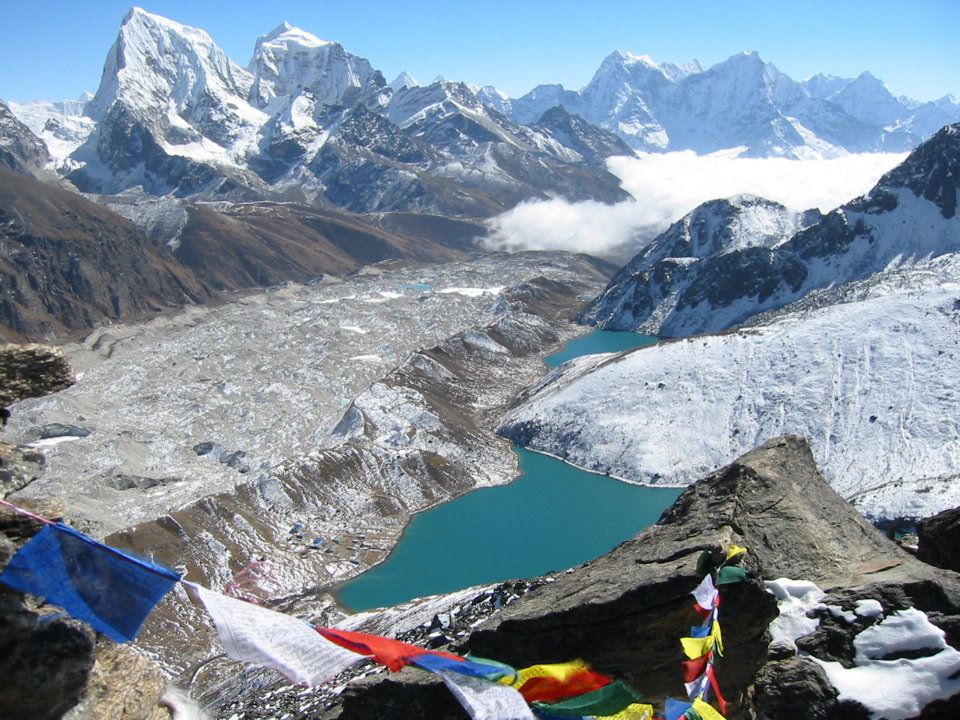 Everest Base Camp Trek – 17 days
Everest Base Camp Trek – 17 days
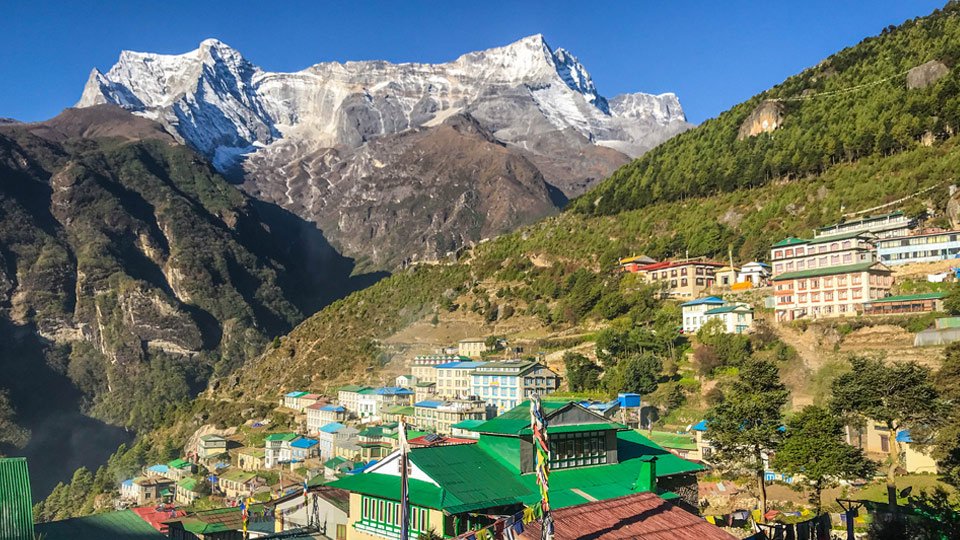 Namche Bazaar Trek – 8 days
Namche Bazaar Trek – 8 days
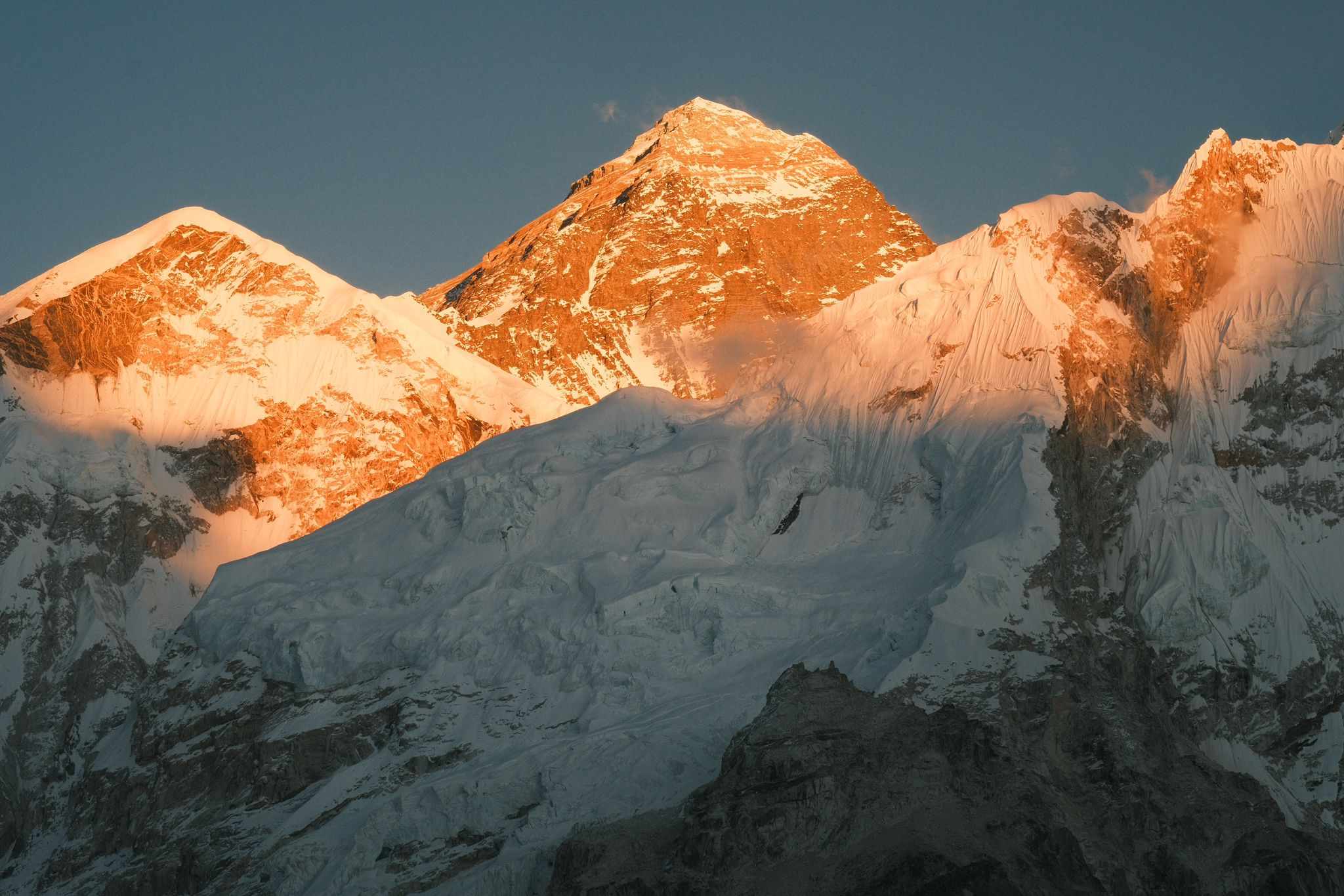 Everest Base Camp Short Trek 12 days
Everest Base Camp Short Trek 12 days



